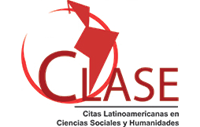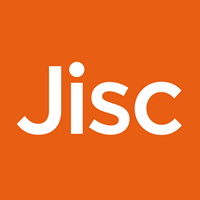<b>Expansion and interiorization of federal universities in the period 2003-2014: government perspectives in debate
Abstract
The reduced influence of the public sector in the Brazilian higher education has occurred since the end of the last century, due to the lack of investments in this sector. The Lula da Silva governments (2003-2006) (2007-2011) continued to promote the private segment, directing investments to the public sector with the concern to create new federal universities with the perspective of internalizing them, since the headquarters of most of these was concentrated in the state capitals. Dilma Rousseff (2011-2014) was guided by the same line as her predecessor, seeking to continue opening universities in the interior of the country. This paper analyzes the constitution of this policy focused on the internalization, integration and regionalization of higher education, the basis of the process of creating these universities, which occurs contradictorily to the existing budgetary constraints. In addition to the bibliographical survey on the subject, we used secondary data referring to the rate of higher education enrollment in the sites of the universities surveyed. Despite the contradictions that accompany this policy, there are indications that the policy has contributed to reduce regional asymmetries in the country, which does not prevent other criteria being equally considered.
Downloads

This work is licensed under a Creative Commons Attribution 4.0 International License.
DECLARATION OF ORIGINALITY AND COPYRIGHTS
I declare that this article is original and has not been submitted for publication in any other national or international journal, either in part or in its entirety.
The copyright belongs exclusively to the authors. The licensing rights used by the journal are the Creative Commons Attribution 4.0 (CC BY 4.0) license: sharing (copying and distributing the material in any medium or format) and adaptation (remixing, transforming, and building upon the material thus licensed for any purpose, including commercial purposes) are permitted.
It is recommended that you read this link for more information on the subject: providing credits and references correctly, among other crucial details for the proper use of the licensed material.













































